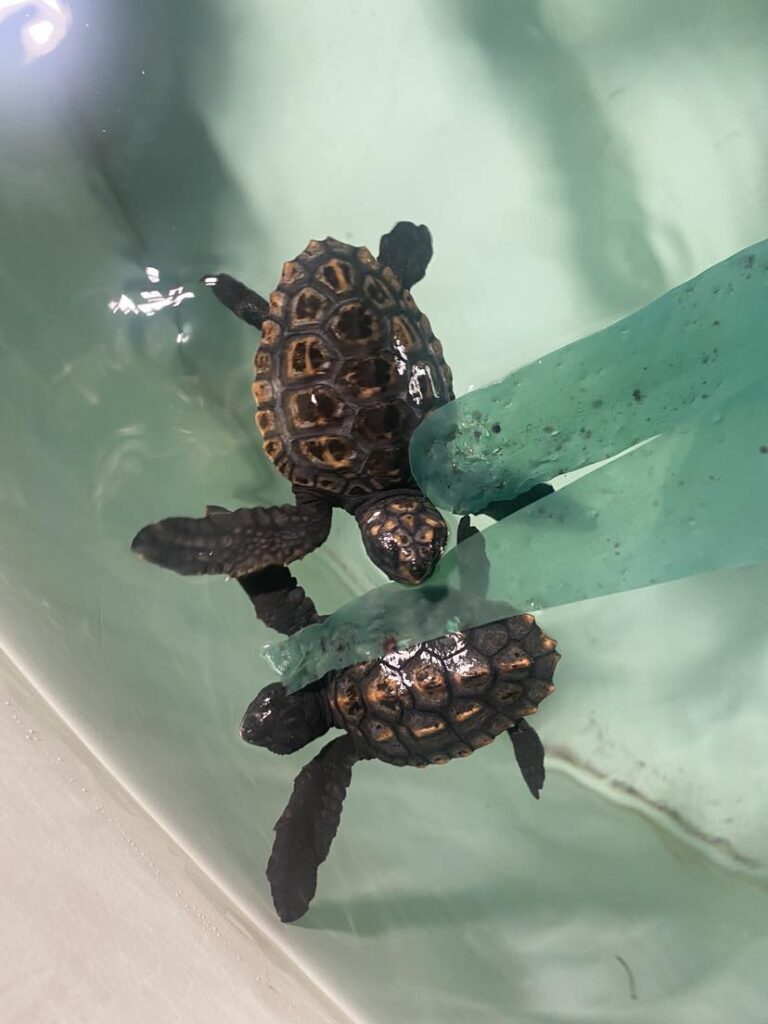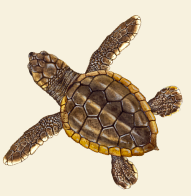Background

Sea turtles are able to dive to depths exceeding 1,000 meters and hold their breath for more than 10h. This impressive capacity for diving allows them to access both oxygen at the surface and prey items underwater to a wider range than could be found at the surface. However, according to the IUCN Red List of Threatened Species, six out of the seven sea turtle species are now classified as ‘threatened with extinction’, and the overall population size is declining. Indirect take in fisheries and anthropogenic-debris ingestion are becoming real issues for these animals.
Having more knowledge on their ecological niche could help to design strategies to minimise the main threats they are facing while submerged. Various studies have already characterised the diving behaviours of sea turtles, to understand the connection between diving performance and their ecological habitats. Nevertheless, there is a lack of information on their diving capacity over their first months of life, when they are particularly vulnerable.
The diving ability of neonates is poorly developed, mostly as they are unable to regulate their floatability. They have to swim vigorously and spend a lot of energy to stay submerged. As they grow, their lungs increase in volume, allowing them to have a more important storage of oxygen and still maintain a slight positive buoyancy to float at the surface when they are not diving.
This allometric lung growth is essential at the first life stage; hatchlings will progressively gain control over their diving ability, thus they will stay submerged for longer periods and reach deeper waters. Therefore, as they undergo these behavioural changes, it is essential to gain more knowledge on this crucial stage.

Aims
1) Examine the ontogenetic patterns in the diving capacity of captive loggerhead sea turtles through:
> Video recording of their diving behaviours
> Computed Tomography scans of their lungs
2) Explain their ecological niche and design patterns to minimise their main threats
Predictions:
1) Sea turtles’ diving performances will improve with growth
2) There will be a significant increase in the size of their lungs with growth